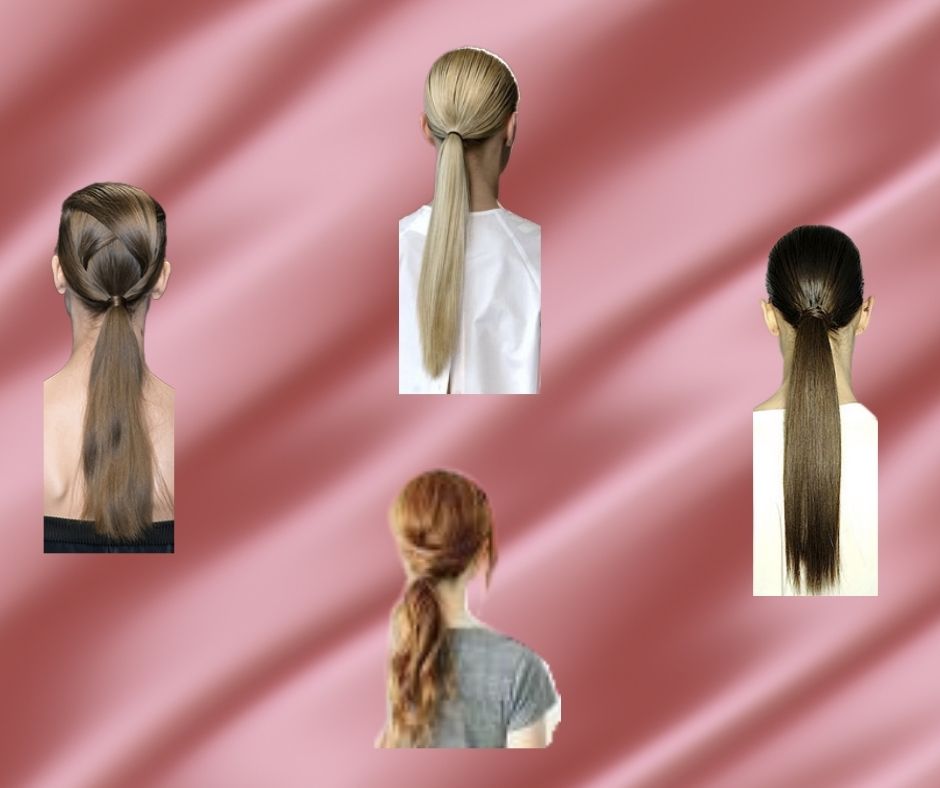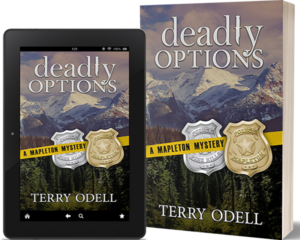Character Descriptions – Part 2
Terry Odell
 Last time, I gave some tips for character description. I’ll repeat them here:
Last time, I gave some tips for character description. I’ll repeat them here:
- Remember the POV of the character.
- Avoid “mirror” type self-descriptions.
- Less can be more. Readers like to fill in the blanks.
- Don’t be afraid to wait for another character to do the describing.
- Have your descriptions do double-duty, such as revealing character.
- Don’t show the same traits for every character, and remember to make your characters different!
Today’s focus is on dealing with character descriptions in First Person or Deep/Close/Intimate Third (which are almost the same thing.)
I am a deep point of view person. I prefer everything to come from inside the character’s head, However, I will read—and enjoy—books written with a shallower point of view. It all comes down to the way the author handles things.
What are authors trying to convey to their readers with physical character descriptions? The obvious: hair color, length, style to some extent. Eye color. Height, weight, skin color. Moving forward, odds are the character is dressed, so there’s clothing to describe. This is all easier in a distant third POV. Using that POV, you can stop the story for a brief paragraph or two of description, a technique used by John Sandford. In a workshop, he said he didn’t like going into a lot of detail, and listed the basics that he conveys in each book, usually in a single paragraph. Here’s how he describes Lucas Davenport in Chapter 2 of Eyes of Prey, one of his early Davenport books:
Lucas wore a leather bomber jacket over a cashmere sweater, and khaki slacks and cowboy boots. His dark hair was uncombed and fell forward over a square, hard face, pale with the departing winter. The pallor almost hid the white scar that slashed across his eyebrow and cheek; it became visible only when he clenched his jaw. When he did, it puckered, a groove, whiter on white.
But what if you want to write in deep point of view? Staying inside the character’s head for descriptions is a challenge. Is the following realistic?
Sally rushed down the avenue, her green-and-yellow silk skirt swirling in the breeze, floral chiffon scarf trailing behind her. She adjusted her Oakley sunglasses over her emerald-green eyes. When she reached the door of the office building, she finger combed her short-cropped auburn hair. Her full, red lips curved upward in a smile.
You’ve covered most of the “I want my readers to see Sally” bases, but be honest. Do you really think of yourself in those terms?
There are other ways to convey that information. First, trust that your reader will be willing to wait for descriptions. Make sure there’s a reason for the character to think about her clothes, or her hair. Maybe she just had a total makeover and isn’t used to the feel of short hair, or the new color, or the makeup job. Catching a glimpse of herself as she passes a mirror and doing a double-take is one of the few times the “Mirror” description could work for me.
Even better, use another character. Some examples of how I’ve handled it:
Here, an ex-boyfriend has walked into Sarah’s shop and says to her:
“You look like you haven’t slept in a month. And your hair. Why did you cut it?”
“Well, thanks for making my morning.” Sarah fluffed her cropped do-it-yourself haircut. “It’s easier this way.”
Note: there’s no mention of the color. Someone else can bring it up later. Neither of these characters would be thinking of it in the context of the situation.
Later, Sarah is opening the door to Detective Detweiler. We’re still in her POV, but now we can see more about her as well as a description of the detective, and since it’s from her POV, there’s none of that ‘self-assessment’ going on.
She unlocked the door to a tall, lanky man dressed in black denim pants and a gray sweater, gripping several bulky plastic bags. At five-four, Sarah didn’t consider herself exceptionally short, but she had to tilt her head to meet his eyes.
Sometimes, there are compromises. My editor knows I don’t like stopping the story, especially at the beginning to describe characters, but she knows readers might want at least a hint.
This was the original opening paragraph I sent to my editor:
Cecily Cooper’s heart pounded as she stood in the judge’s chambers, awaiting the appearance of Grady Fenton, the first subject in her pilot program, Helping Through Horses. She’d spent months working out the details, hustling endorsements, groveling for grant monies, and had done everything in her power to convince her brother, Derek, to give Grady a job at Derek’s Triple-D Ranch.
This was my editor’s comment to that opening: Can you add a personal physical tag for Cecily somewhere on the first page—hair, what she’s wearing? There’s a lot of detail that comes later, but there should be something here to help the reader connect with her right away.
So, I figured there’s a good reason I’m paying her, and added a bit more.
Shuffling footfalls announced Grady’s arrival. Cecily ran her damp palms along her denim skirt, wishing she could have worn jeans so she’d have pockets to hide the way her hands trembled.
My reasoning: I mentioned the skirt was denim, because the fabric helps set the “cowboy” theme for the book, but there’s no more detail than that. Not how many buttons, or whether it’s got lace trim at the hem. Now, let’s say she was wearing Sally’s “girly” skirt. For Cecily, that would be far enough out of character for her to think about it, BUT, I’d make sure to show the reader her thoughts. Perhaps,
“She hated wearing this stupid yellow-and-green silk skirt—jeans were her thing—but Sabrina told her that skirt would impress the judge.”
See the difference between that and Sally’s self description earlier?
How do you handle describing your POV characters?
 A brief moment of promotion–thanks to a BookBub Featured Deal, the box set of the first three novels in my Blackthorne, Inc. series is on special this week only for 99 cents instead of $6.99. Ends the 17th. Available at Kobo, Amazon, Apple & Nook.
A brief moment of promotion–thanks to a BookBub Featured Deal, the box set of the first three novels in my Blackthorne, Inc. series is on special this week only for 99 cents instead of $6.99. Ends the 17th. Available at Kobo, Amazon, Apple & Nook.
Terry Odell is an award-winning author of Mystery and Romantic Suspense, although she prefers to think of them all as “Mysteries with Relationships.” Follow her on Facebook and Twitter.


